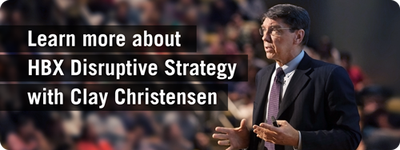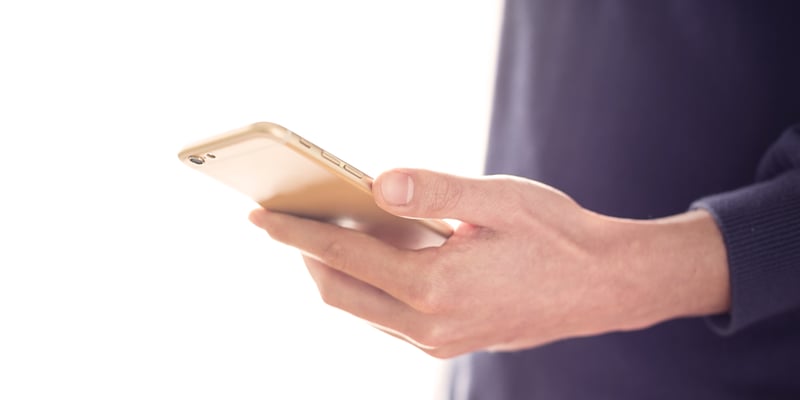
This one seems like a no-brainer.
A tech company releases a $79 computer, so it has to be a low-end disruption, right?
Well, not exactly.
See, the way a low-end disruption works is by targeting those customers that are most over-served in the marketplace. It does this with a set of features that are considered just “good enough” to get the job done that those customers are looking to “hire.” As market incumbents begin to lose these over-served customers at the low-end of the market, they are happy to focus their efforts on the high-end, more profitable side of the market. Meanwhile, the “disruptor” slowly moves up the value chain with each successive sustainable innovation, capturing more and more market share.
In the case of Endless, this is a company that is not targeting over-served customers; rather, it is targeting non-customers (i.e., “non-consumption”). With the release of the Endless Mini – an internet-optional, budget-friendly computer – Endless is able to target those that can’t afford other computers that are offered in the marketplace. In contrast to low-end disruption, these customers aren’t gravitating away from incumbent product offerings, they are gravitating away from no product offering at all. Seen in this light, Endless’ “disruption” is much less about simply having a low-priced offering as much as it is about entering the market with a different value proposition.
The key question here is: has Endless truly uncovered a job-to-be-done with their $79 computer?
Learn more via TechCrunch: http://techcrunch.com/2016/01/09/endless-launch/
Interested in learning more about the job-to-be-done theory, discovering a new-market, and low-end disruption? Check out HBX Disruptive Strategy with Clayton Christensen.
















